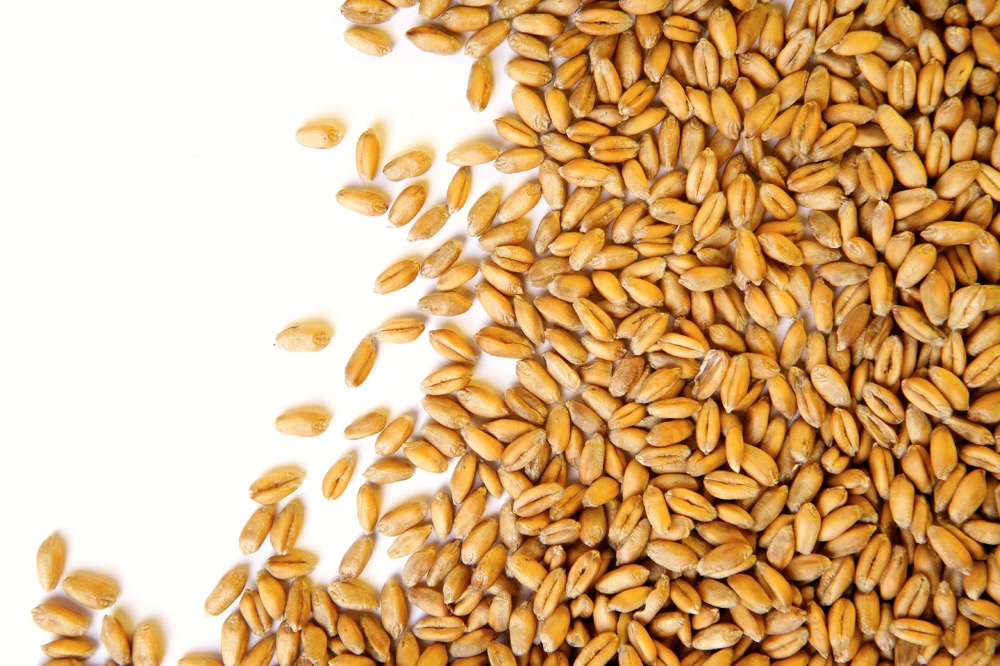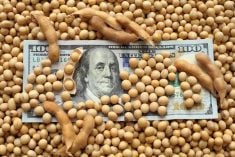Chicago | Reuters — U.S. wheat futures surged on Wednesday as slow winter wheat harvesting and deteriorating spring crop conditions fuelled buying and short covering that lifted prices from 2-1/2-week lows.
The wheat rally pulled corn up from 2-1/2-year lows despite expanded plantings and recent rains that lessened concerns about drought-reduced yields.
Soybeans firmed on spillover support from wheat and worse-than-expected crop ratings in a weekly U.S. Department of Agriculture (USDA) report on Monday.
Wheat led grains markets higher after USDA on Monday said just 37 per cent of the winter crop was harvested as of Sunday, versus 52 per cent last year. The agency also unexpectedly cut its spring wheat rating as rains failed to improve conditions.
Read Also

IGC raises 2025/26 world wheat crop forecast
The International Grains Council has raised its forecast for 2025/26 global wheat production with crop outlooks upgraded for Russia, the United States and Argentina.
“We are very tight in wheat supplies as the northern hemisphere starts to harvest,” said Mike Zuzolo, president of Global Commodity Analytics.
“The hard red wheat is leading, mainly because they just can’t get into the field in the state of Kansas to get the wheat out. The (spring wheat) conditions were also supportive.”
Chicago Board of Trade September soft red winter wheat jumped 32-1/2 cents to $6.74-1/4 a bushel (all figures US$). September hard red winter wheat gained 49-3/4 cents, to $8.46-1/4 a bushel, while September spring wheat rose 48-1/4 cents, to $8.57-1/2.
CBOT December corn ended unchanged to $4.93-1/2 a bushel after earlier dropping to $4.85-1/2, the lowest for a most-active contract since January 2021. November soybeans gained 1-1/4 cents to $13.55 a bushel.
Rains and forecasts for further showers have reduced worries about early season dryness in the heart of the Midwest.
USDA rated 51 per cent of U.S. corn in good-to-excellent condition, up a point from the prior week. Soybean conditions, however, fell by a point.
Ratings for both crops have been declining for several weeks due to an expanding Midwest drought.
— Karl Plume reports on agriculture and ag commodities for Reuters from Chicago.












